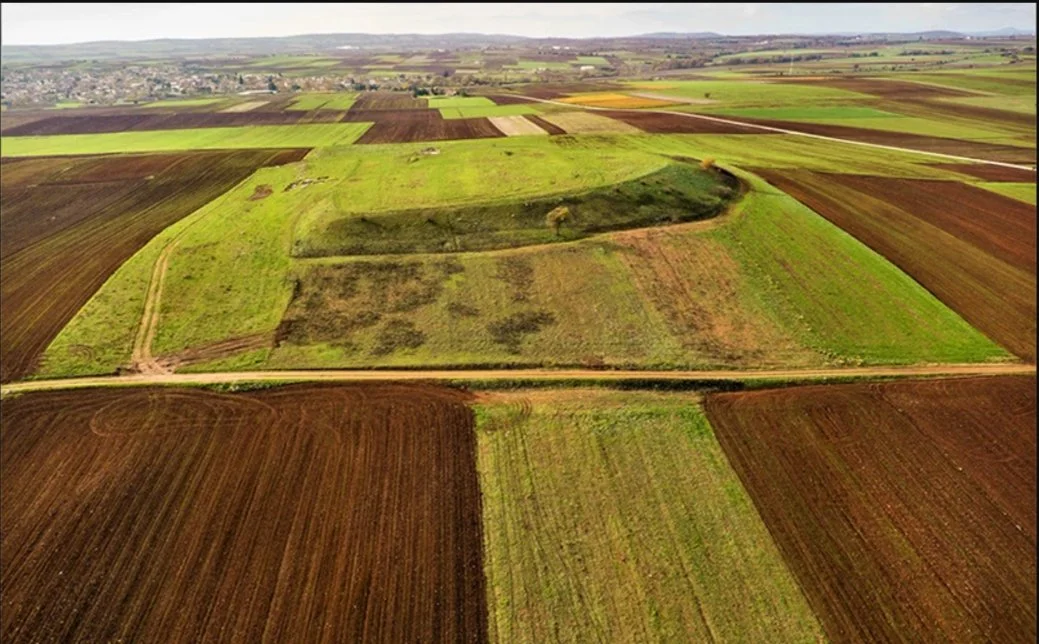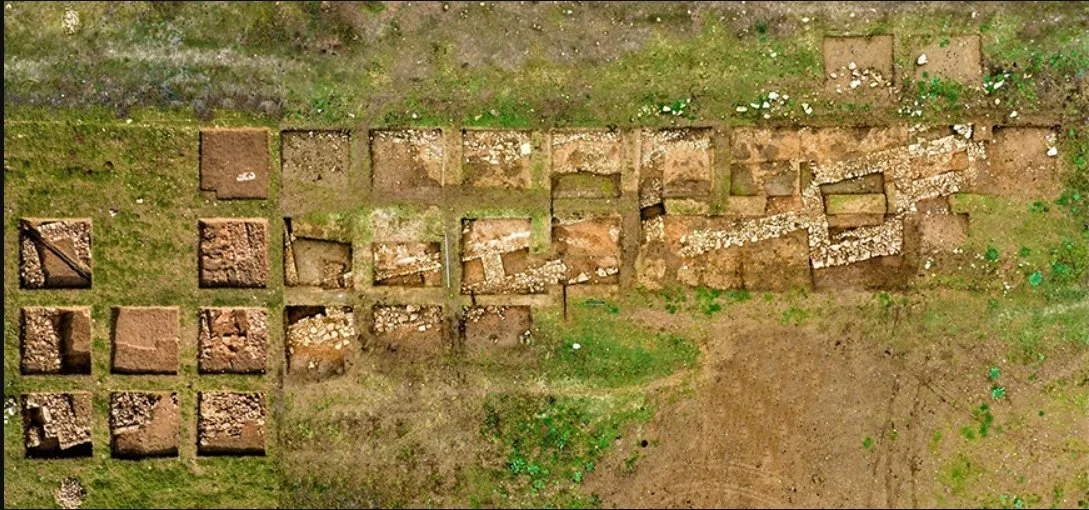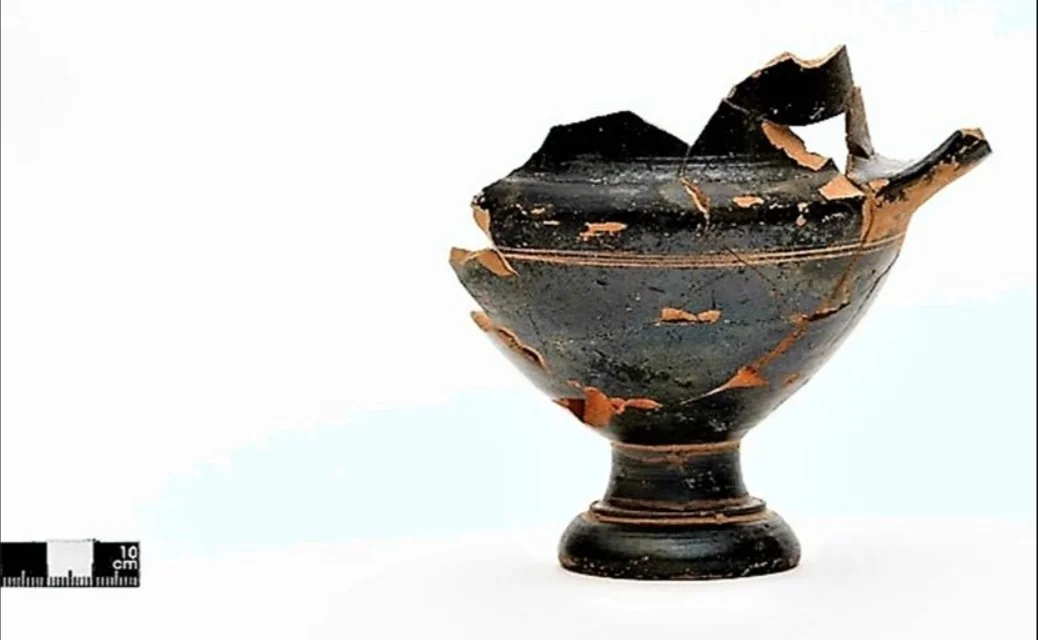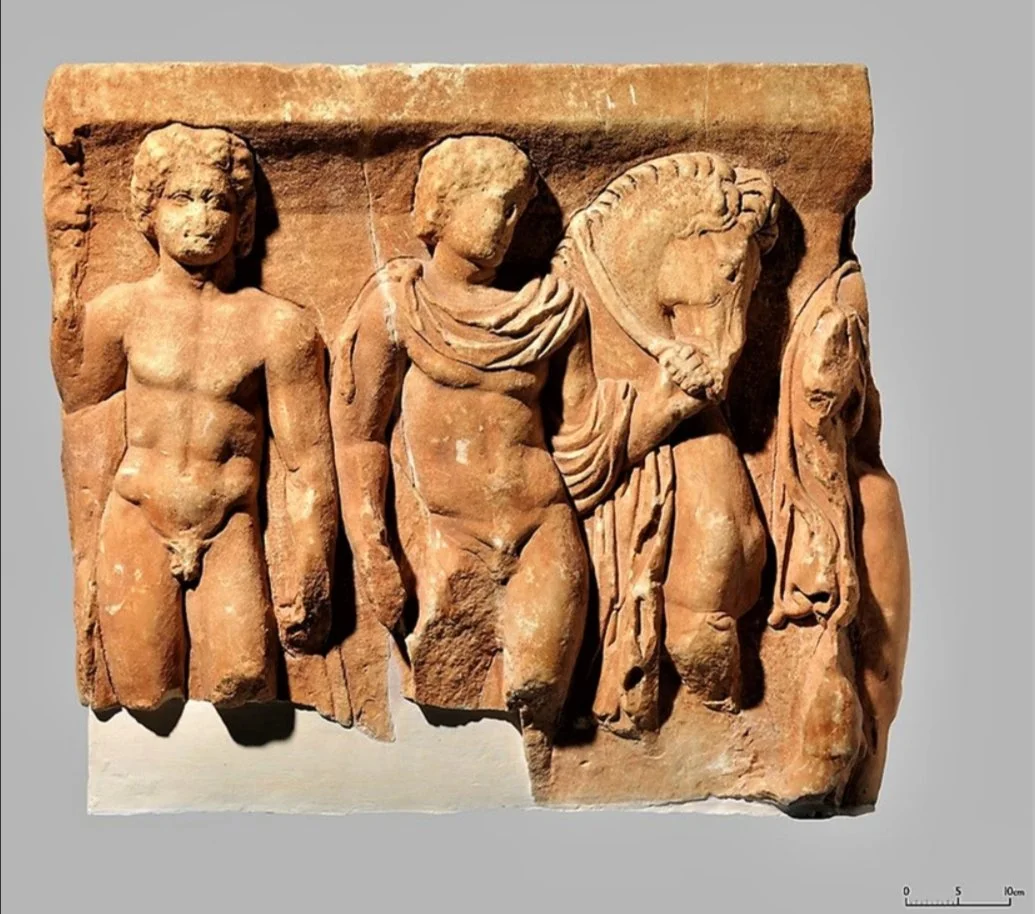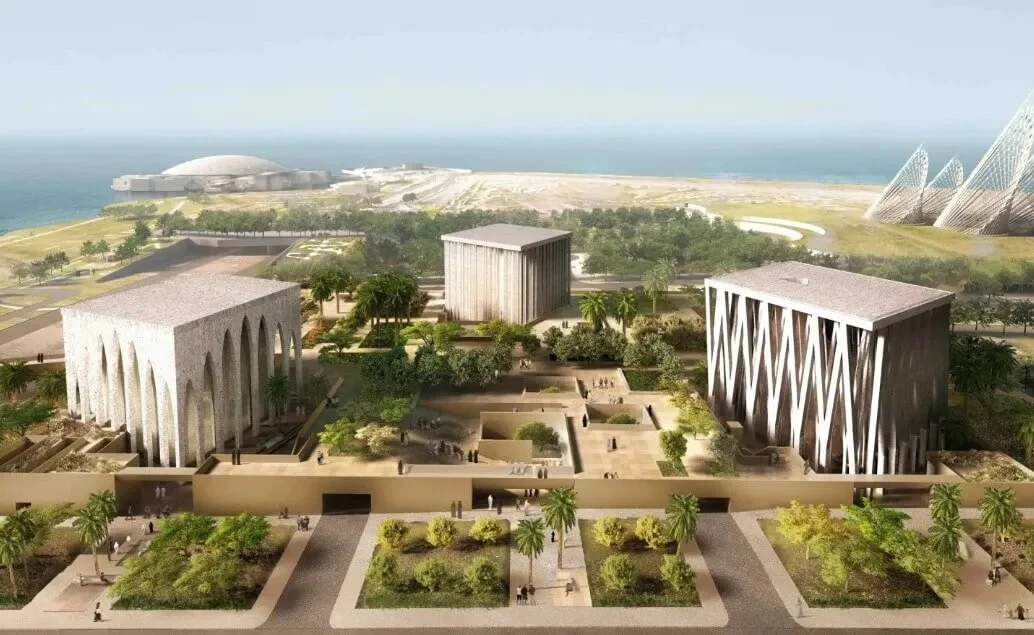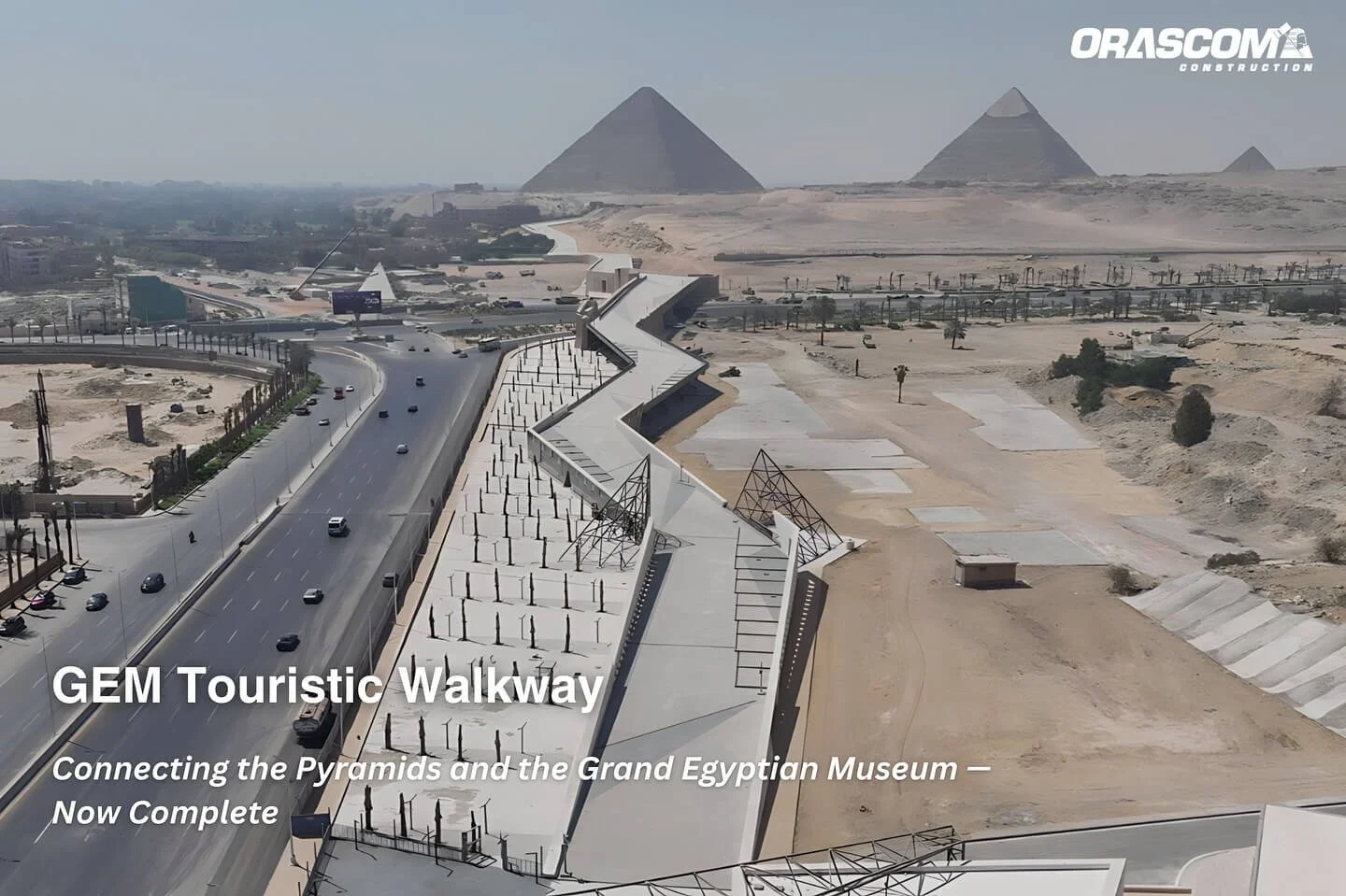Archeologists have discovered something mysterious beneath the waves of a lake. It would have been buried in Lake Lednica in Poland for about 1000 years. Archeologists initially thought it was just another random object, but little did they know its value.
Lake Lednica is located in Poland, approximately 23 miles from Pozna. The body of water is nestled within a beautiful protected landscape, safely away from the country's third-largest city. However, the lake's tranquil appearance today belies its historical significance in Poland.
Lednica is known for its spiritual significance every June. Every June, young people gather on the lake's shores for annual devotional meetings. The religious festivities last two days and culminate in a nighttime walk beneath a massive metal fish structure.








